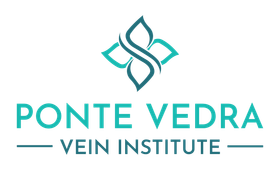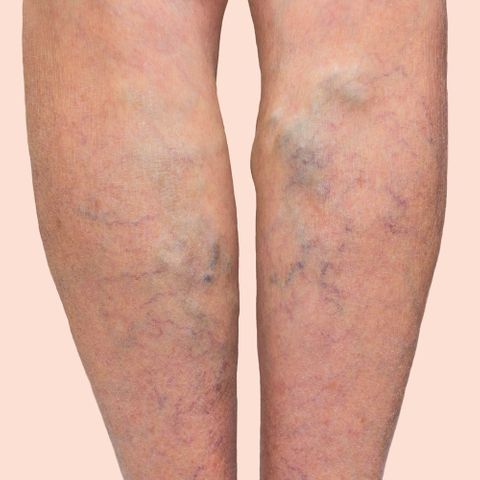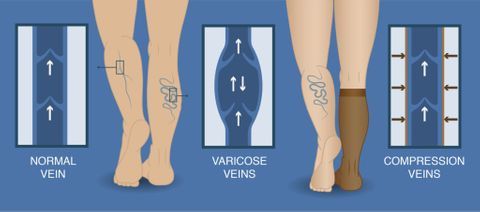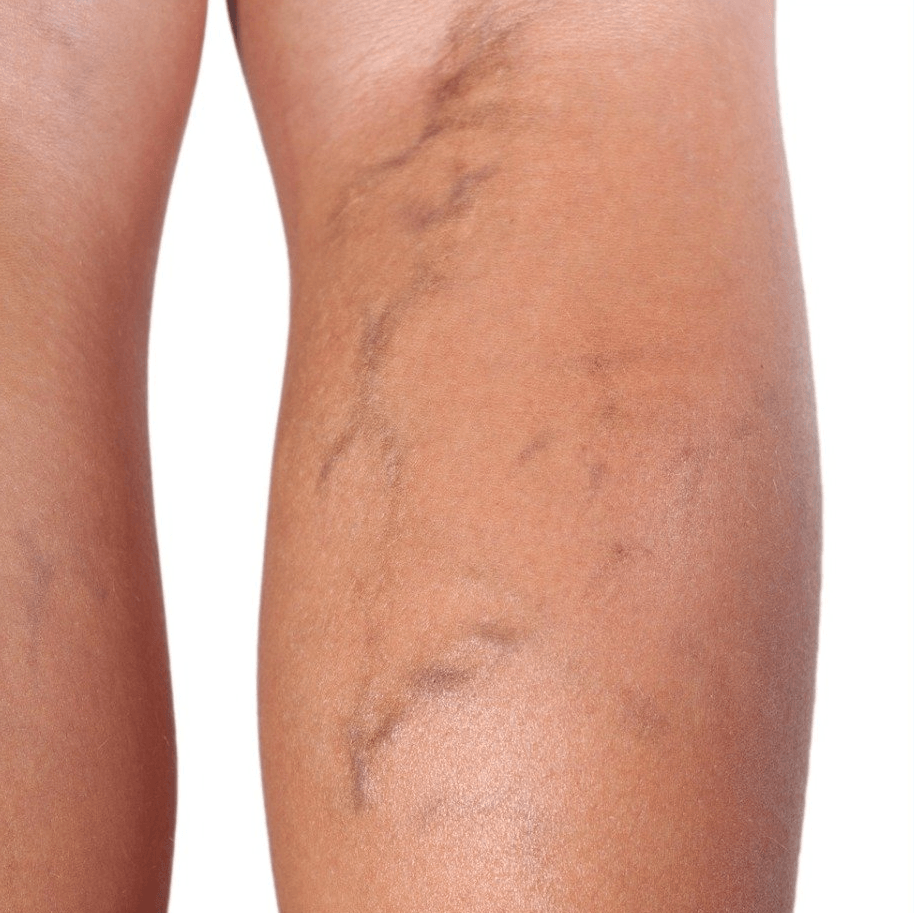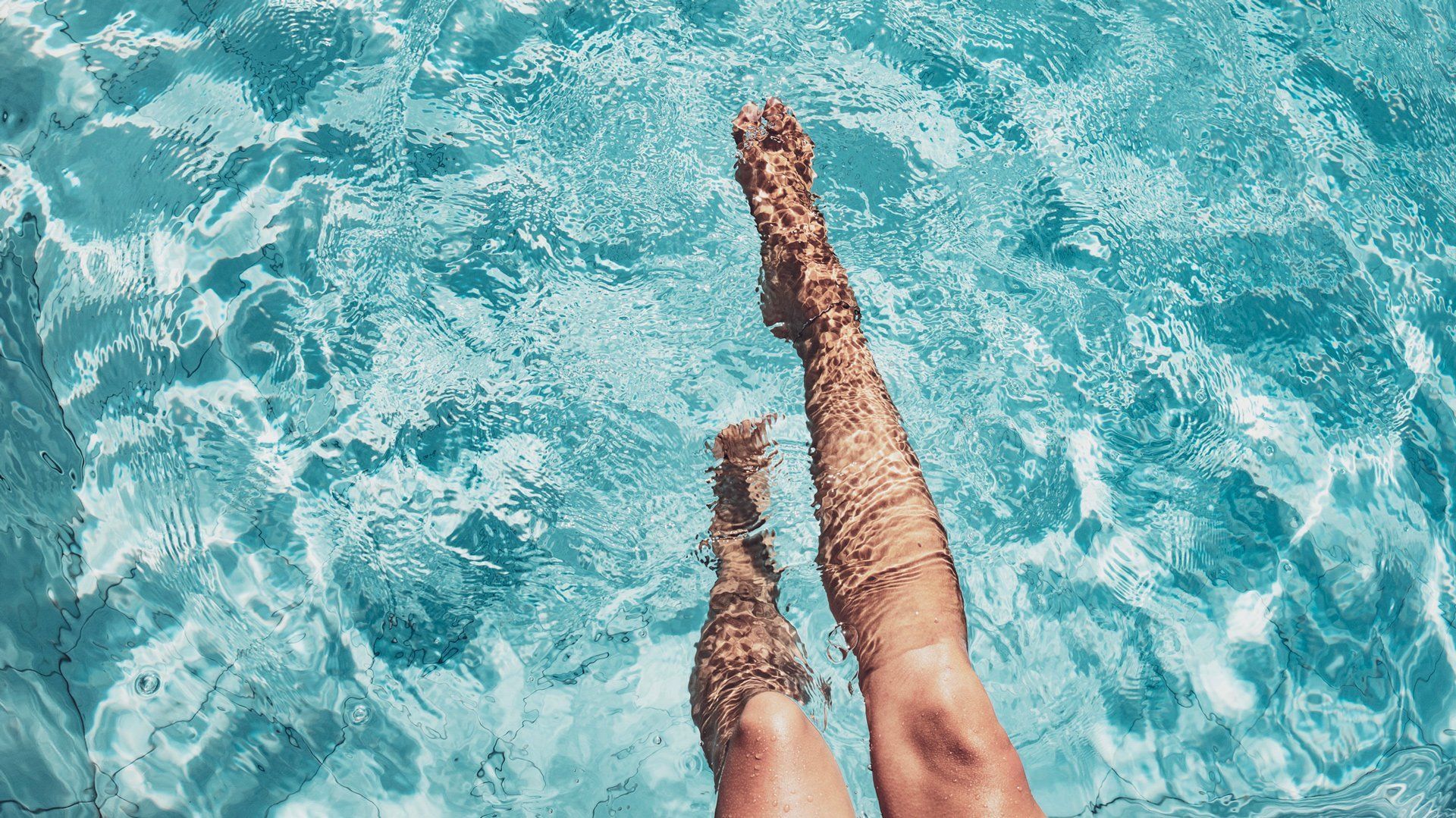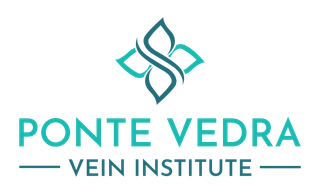Dedicated Vein Treatment
For Over 30 Years
Experience Focused . Restorative . Passionate Care
Have Questions? Contact Us!
Leave us your info and we will get back to you.
We Offer The Following Advantages
Board Certified
Our doctors are board-certified in Interventional Radiology and are vascular experts
Covered By Insurance
We accept all insurance plans
Free Consultation
Free consultation at your initial visit
Advanced Treatment
We offer all of the newest and state-of-the-art techniques in the treatment of vein disease.
Personalized Care
Our medical team and support staff are committed to one-on-one care of each patient
Short Wait Time
Short wait time when you call to schedule an office visit
